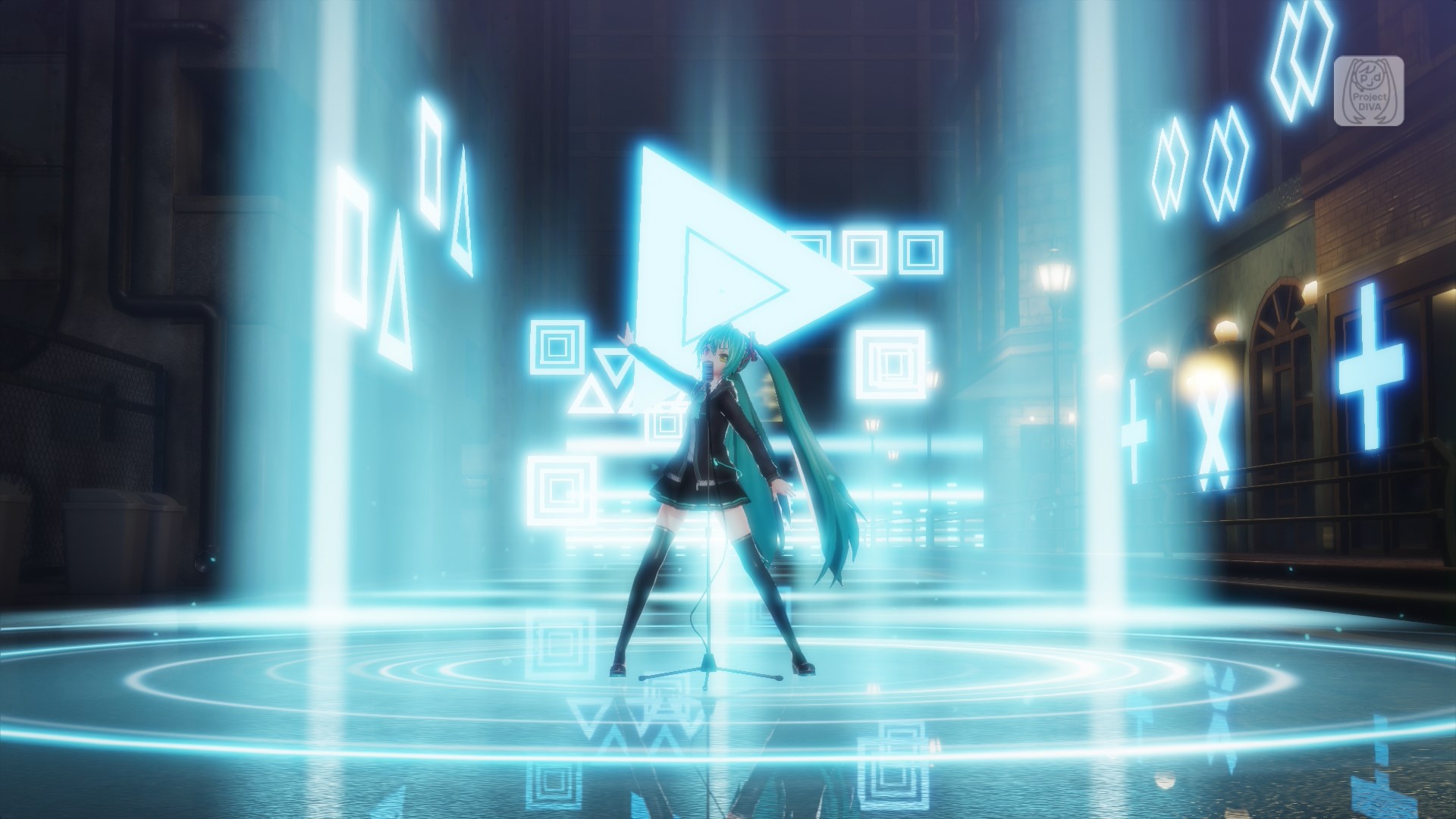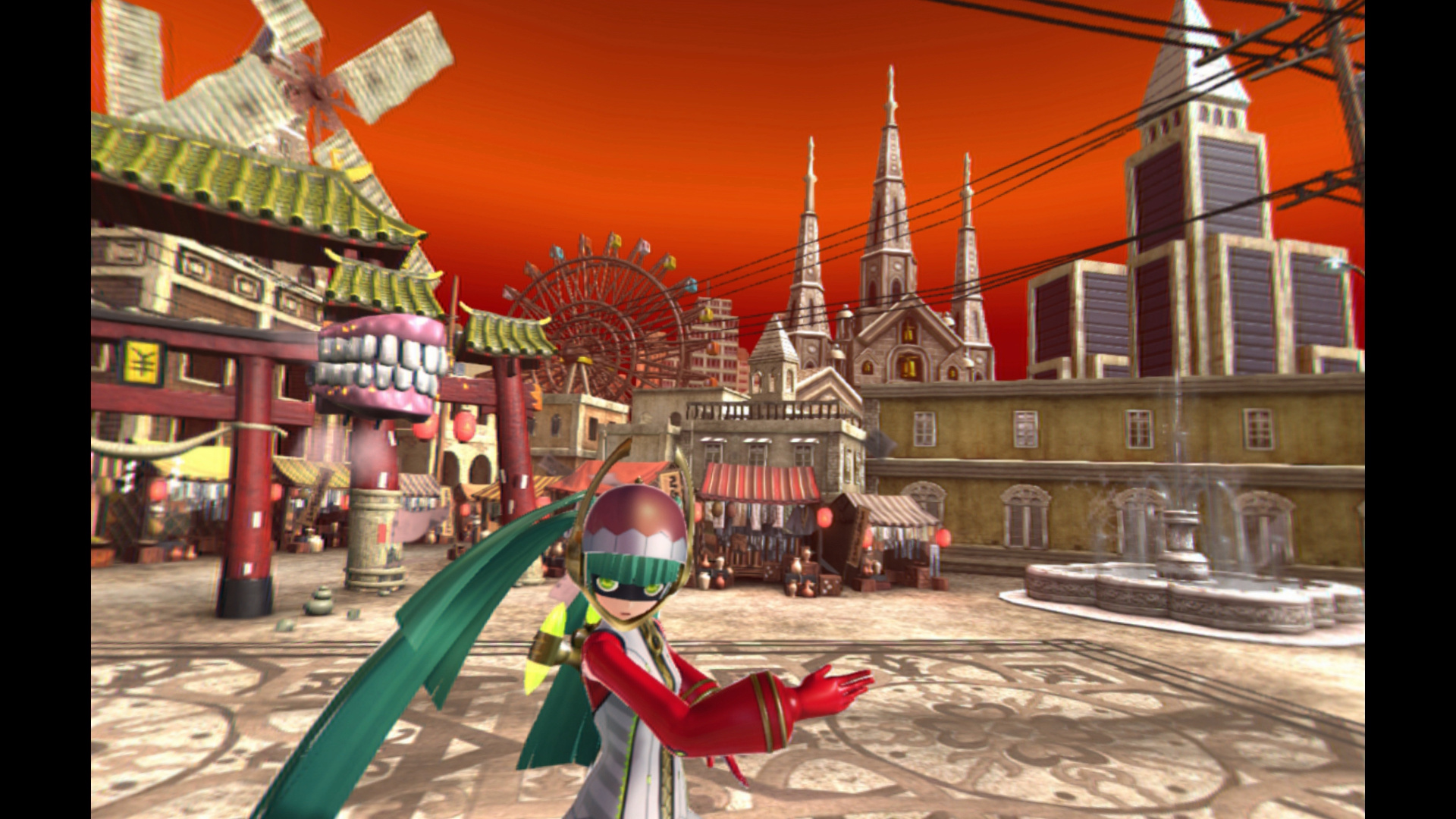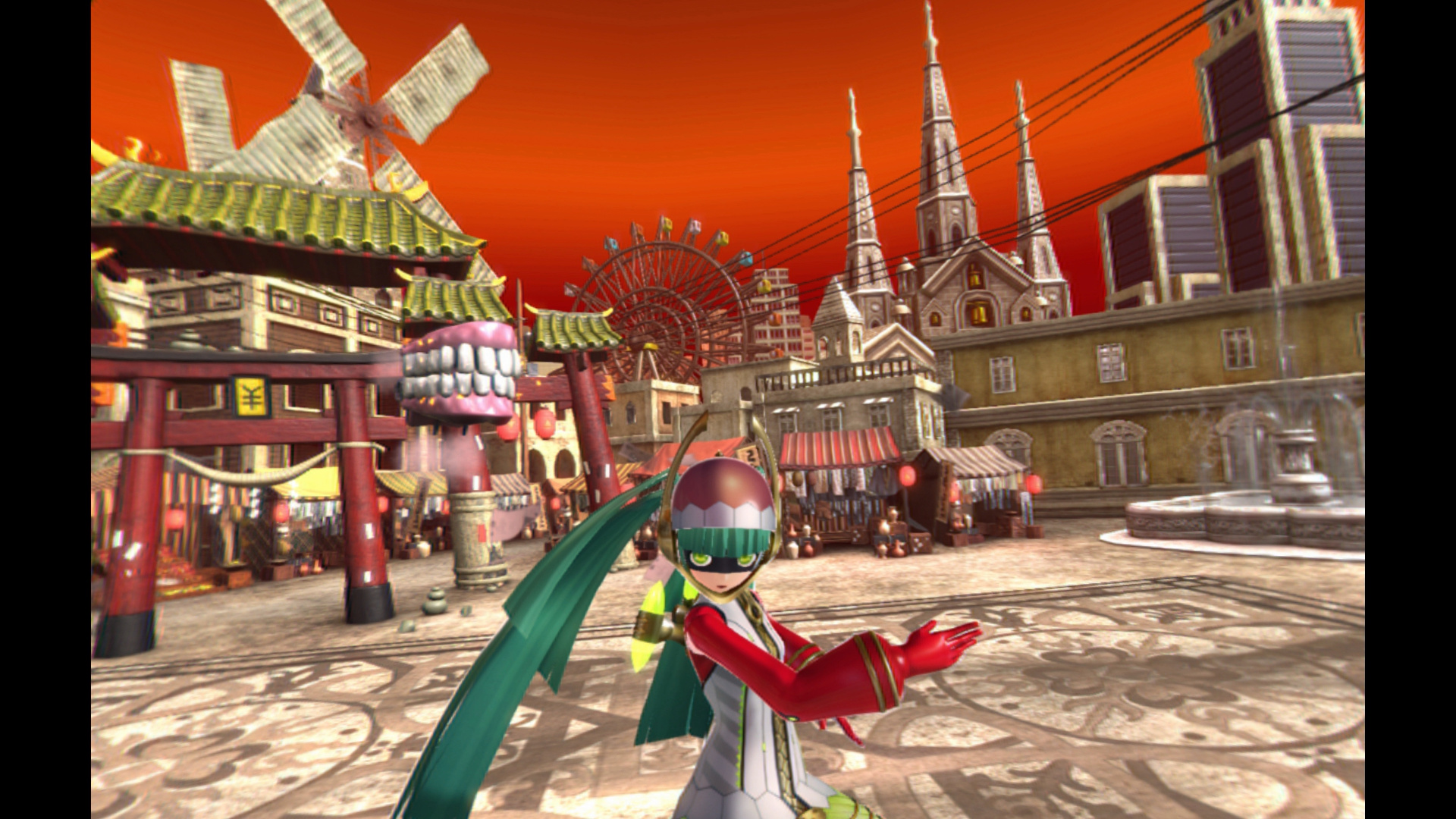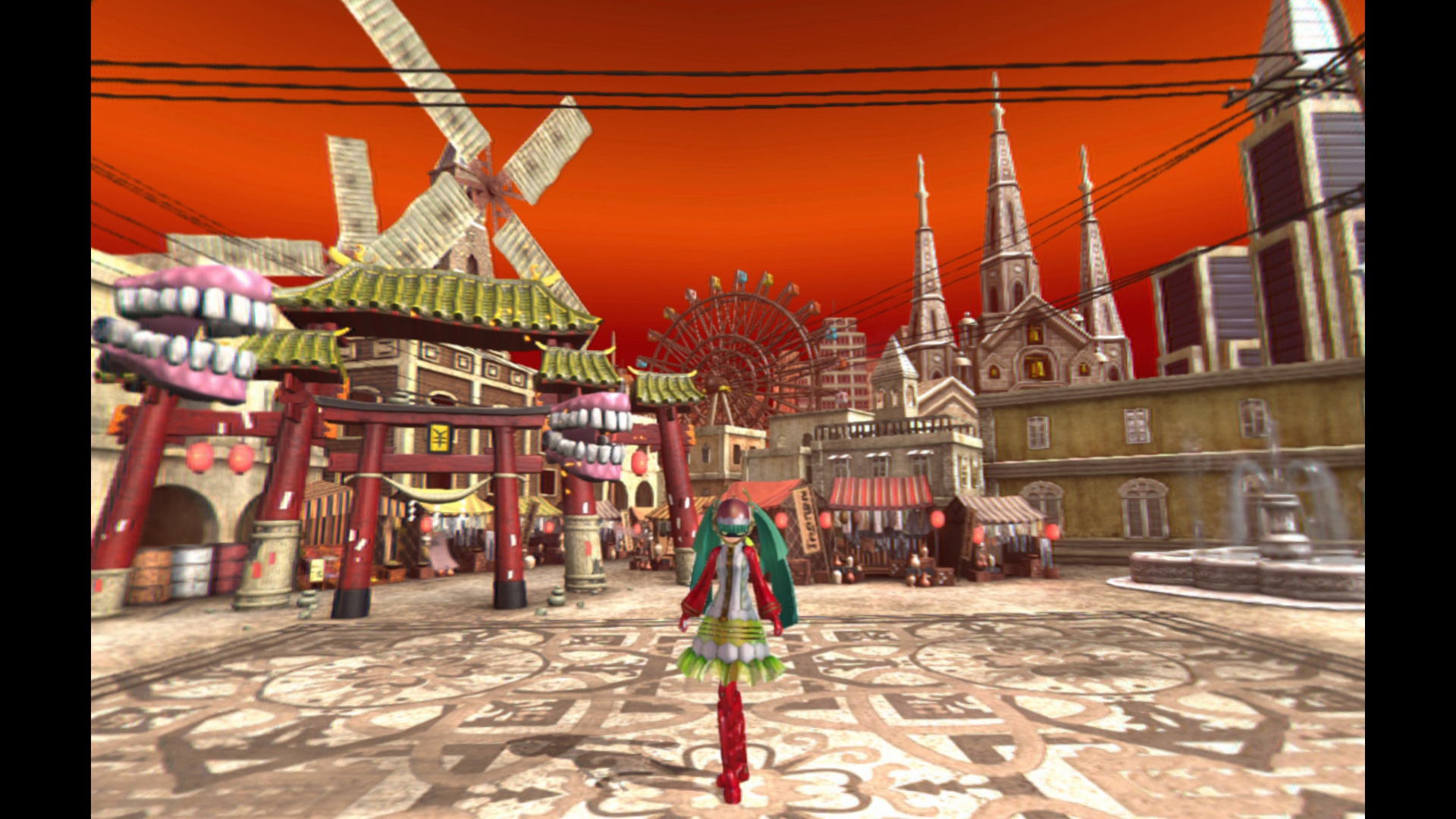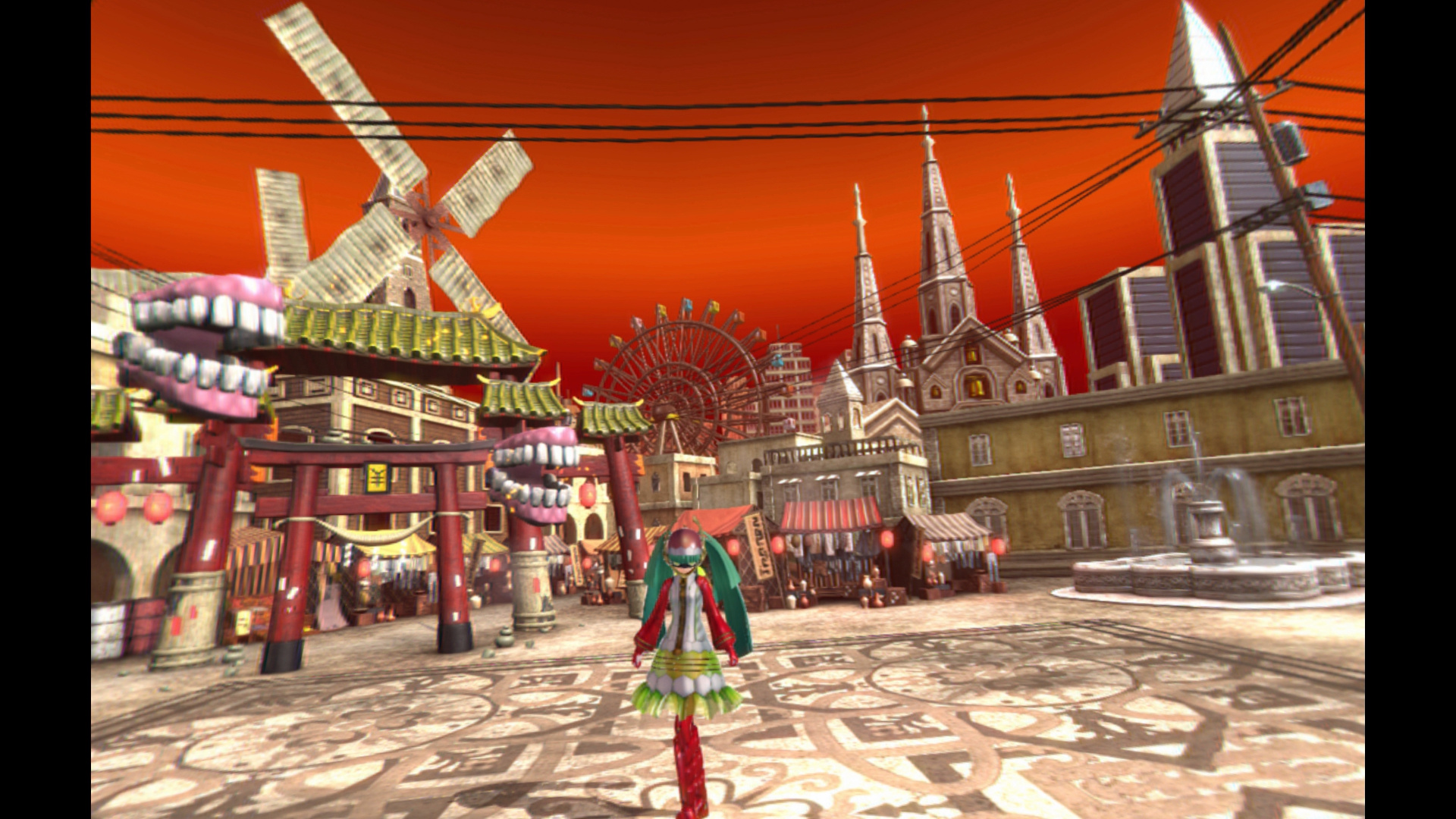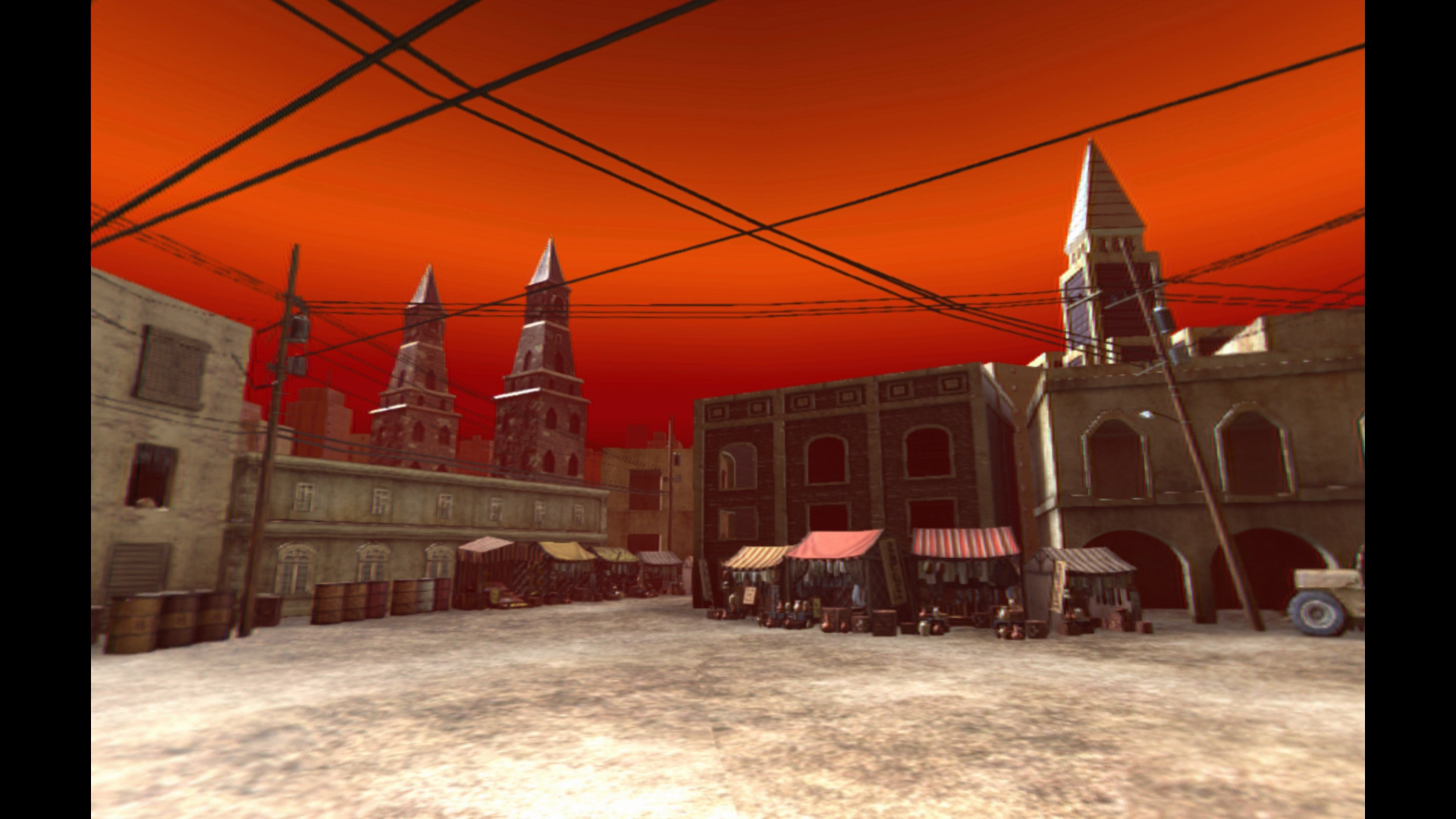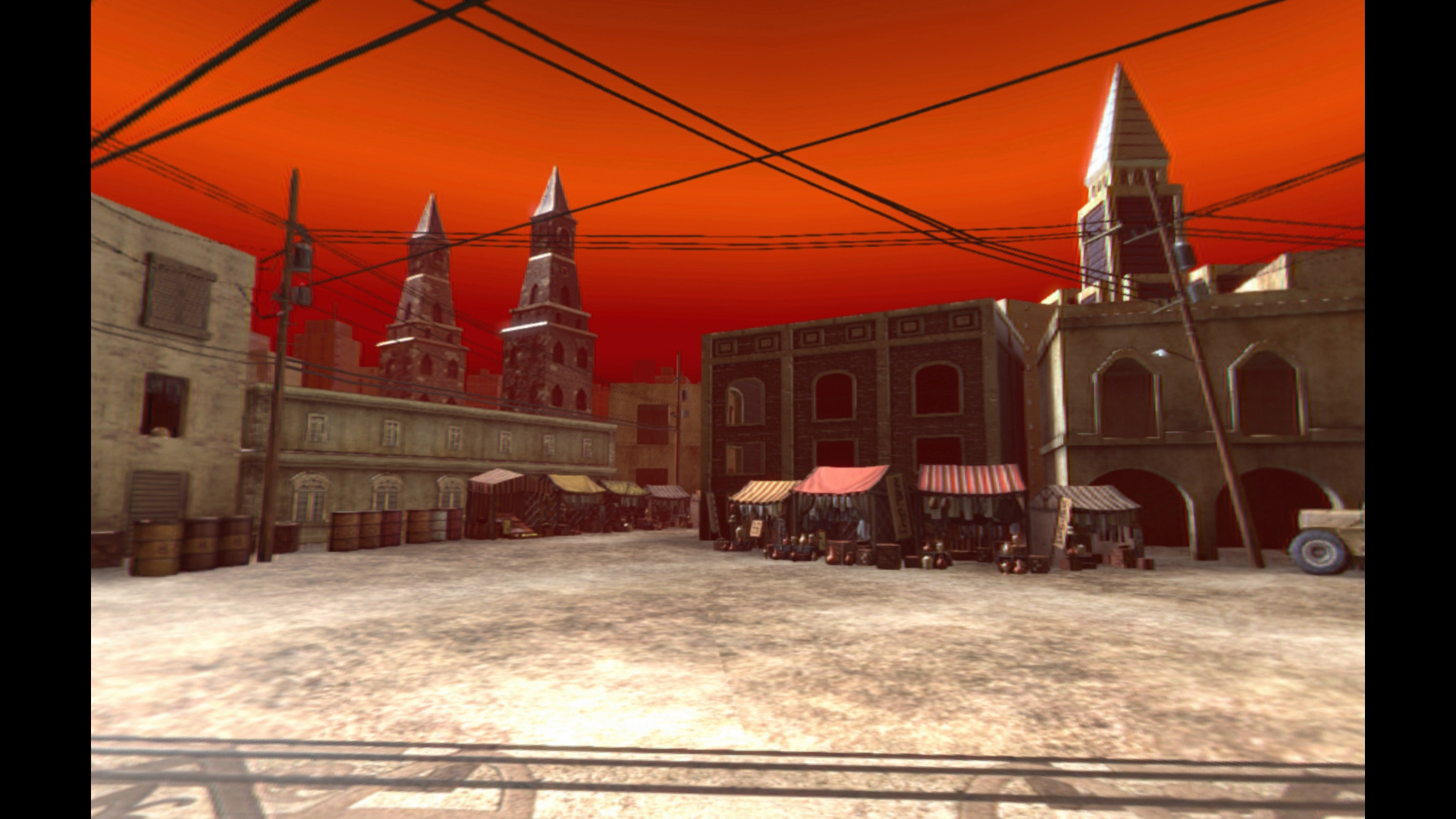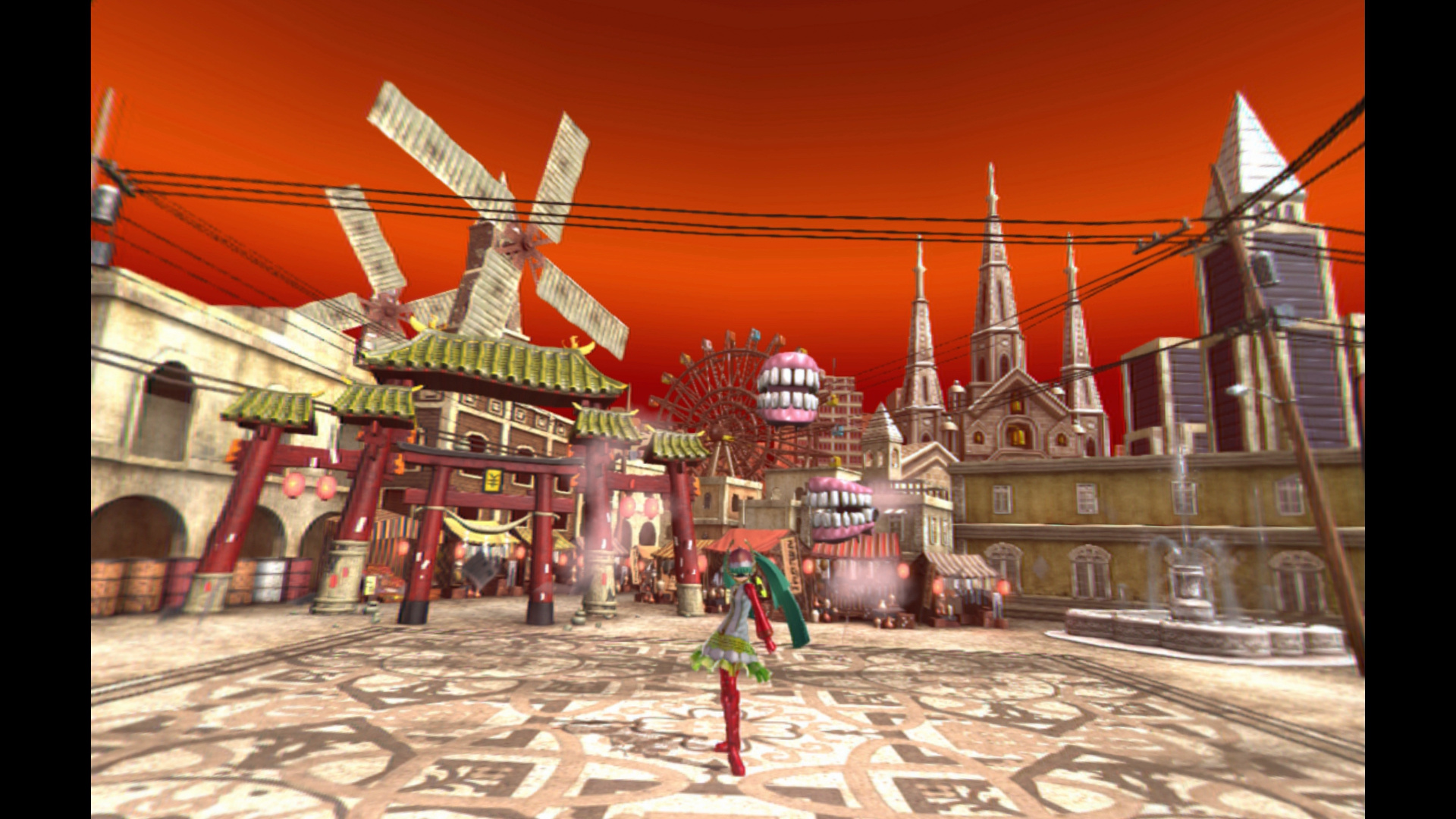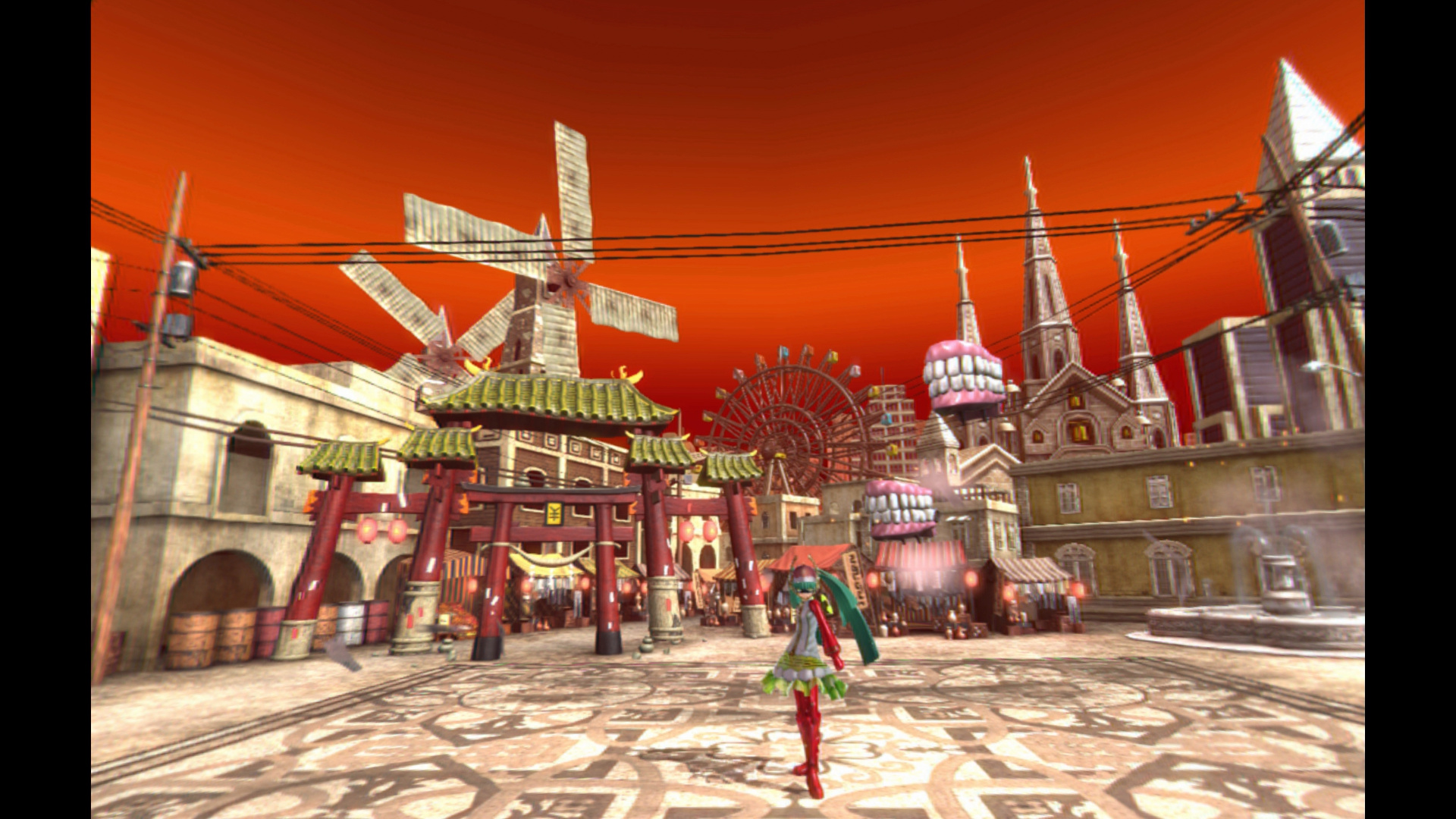Recently, SEGA of Japan revealed that Hatsune Miku: Project DIVA X HD benefits from a number of improvements when running on the new PlayStation 4 Pro. As such the game also has the “PS4 Pro Enhanced” label now, which we can now also find on the game’s Japanese website. Hatsune Miku: VR Future Live benefited from a similar update. Yet curiously this information wasn’t featured in any media from Sony or SEGA in the West. It’s something that I find really puzzling as there aren’t many games that support the PS4 Pro at the moment, so it’s an ideal way to put the spotlight on your game. Rez Infinite is a perfect example, as plenty of articles were written on its native 4K support, including on the official Sony blog.
Instead, we’re left with only a few notes in Japanese to tell us what to expect from the PS4 Pro enhancements for Project DIVA X. Since the English version of Hatsune Miku: Project DIVA X has the same version number, we should to see expect the same improvements here. Below you can find an (admittedly lengthy and sometimes rather technical) explanation of the changes I’ve found.
Difference on a 1080P TV
Judging from the information SEGA of Japan provided, Hatsune Miku: Project DIVA X may in fact support a native 4K output, which is quite rare among PS4 games running on PlayStation 4 Pro. Yet on my 1080P TV the output appears to be nearly identical to that of the original PS4, even though I would have expected better anti-aliasing if the image was being downsampled from 4K on the PS4 Pro. Even on the PS4 Pro, the game still appears to be rendered in a native 1080P resolution when connected to a 1080P TV. As a result taking an in-game 4K screenshot using the PS4 Pro’s Share button appears to deliver an image that has simply been upscaled from 1080P to 4K.
As listed in the update notes, the Photo Studio mode indeed supports importing 4K images now, which you can then use as a background to create a custom photo. But when you take a photo, the game stores it in a 1080P resolution just like it would on a regular PS4, which kind of defeats the purpose of being able to import 4K backgrounds.
Not all is lost for 1080P owners however. After making a side-by-side comparison, I did notice that the reflections on the floor in some stages now look considerably more detailed on PS4 Pro. You can see the difference in the image below. On the left side you see the regular PS4’s output, while the right shows the PS4 Pro version. Notice how Miku’s reflection is in a higher resolution on the PS4 Pro. It’s a subtle effect that can easily be missed, and I hadn’t actually noticed it until I compared the image side-by-side. Perhaps more changes like this can be found in other songs, but I haven’t been able to examine all of them yet.
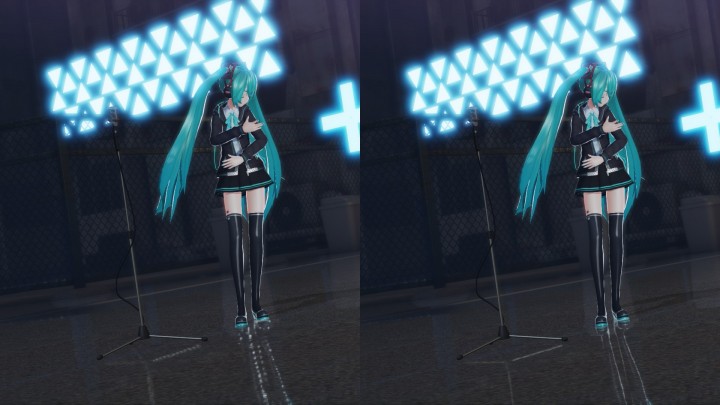
At the moment I also don’t have a 4K TV, so I’m unable to verify if the game is rendered in a higher resolution if it’s connected to a 4K TV. I did find a few YouTube videos showing the game’s 4K output from a PS4 Pro dev kit, but a compressed YouTube video isn’t exactly ideal comparison material. If the game does support 4K (and given the official notes, we should expect it to), then it would certainly be odd that the game doesn’t use downsampling in its 1080P mode. That said, Digital Foundry observed a similar behavior with a recent patch for The Last of Us, where 1080P owners could no longer get the game to run in 4K internally if it’s connected to a 1080P TV. I’ll try and find more information on this, but if anyone would happen to own Project DIVA X, a PS4 Pro and a 4K TV and would be willing to help verify the game’s resolution, do let me know in the comments.
Video Comparison
This is a video showing a side-by-side comparison of the entire song Strangers, by Heavenz-P, running on the PS4 and PS4 Pro.
Concert Viewer and PlayStation VR
Hatsune Miku: Project DIVA X received a patch adding support for the PlayStation VR headset some time ago, making it possible to view custom concerts created using the Concert Editor in VR. Below you can find my thoughts on the improvement this brings to the VR experience.
Image Quality
While I do get the impression that the overall image looks just a bit sharper and cleaner on PlayStation 4 Pro, with less shimmering due to aliasing, the difference is rather subtle. I decided to use the social screen output to try to examine the difference more closely on still images. The problem here is that the social screen isn’t ideal to make this comparison, as its quality really isn’t representative for what you actually see when wearing the VR headset. Nonetheless, it’s the only tool we have available to show the difference.
I’ve posted a series of comparison images below, with the regular PS4 on the left and PS4 Pro on the right. I doubt anyone can reasonably tell the difference between the two. Only when zooming in on images in the background can I detect perhaps a bit more detail in the PS4 Pro screenshots, but the difference is almost imperceptible on the social screen.
90 frames per second
While the resolution increase is subtle, there’s one other change that also helps make the game’s VR mode look better on a PS4 Pro. It’s the fact that the game now runs at 90fps rather than 60fps on the PlayStation VR. In my previous article I took an educated guess at what effect this 90hz mode would have on the image quality, and finally seeing it in action confirms those thoughts. To explain what this does, I first need to talk about how PlayStation VR reaches a framerate higher than 60 frames per second.
In order to prevent motion sickness. VR headsets need to project images at a very fast rate, reacting almost instantly to the movement from the player’s head. However, most PlayStation VR games only actually render the game at 60fps, and instead use a technology called “asynchronous reprojection” to double the game’s framerate from 60fps to 120fps. This is a compromise, and it’s not without consequences. Basically the technique fills in the missing frames based on the information from the previous frame (rendered by the game) and the movement from the player’s head. But these generated frames aren’t as clear and accurate as they would be had the game actually rendered them natively. In Project DIVA X, this translates into a weird “ghosting” effect that trails objects in motion on the screen, and effectively makes the game look blurrier as a result. While it’s not technically the same, it’s similar to the effect you’d get if you enabled a “motion blur” setting in a PC game. Stand still and you won’t notice it, but move around and you’ll notice the image is being blurred.
An alternative method, however, is to run the game at an actual 90 frames per second, without asynchronous reprojection. While this is indeed less than the 120fps the game delivered on a regular PS4, the upside is that all the frames are “real”, in the sense that they are being rendered by the game itself. And this is exactly what Project DIVA X does when it’s running on the PlayStation PS4 Pro. I quickly noticed this when turning my head from side to side, as the motion wasn’t quite as smooth as on the regular PlayStation 4, with noticeably more “judder”. However, the blurring on object in motion was completely gone. Overall it means that image quality is noticeably improved.
Conclusion
For 1080P TV owners, Hatsune Miku: Project DIVA X’s PS4 Pro brings only subtle improvements. However, considering the update is free, the developers deserve credit for bothering to add these at all. If the game can indeed deliver a native 4K resolution output on a 4K TV (something I haven’t been able to verify yet), it would only add more value to the game. The upgrade to the VR experience in the game’s Concert Editor, while also subtle, makes it more comfortable to watch the screen for a prolonged period of time.
Yet what’s unfortunate is that the game doesn’t give us any options to change the mode that we want to run the game in. There doesn’t seem to be a way of using to the 120fps mode in VR on a PS4 Pro, even though it may help people who are prone to experiencing nausea when using the VR headset. Similarly, there don’t appear to be any options to configure 1080P downsampling. These would have helped people customize the way the game utilizes the PS4 Pro enhancements. Perhaps it’s something that can be added in an update, though that may be asking a bit much.
While the patch doesn’t bring nearly the kind of benefits that we’ve seen in high-budget games games like Rise of the Tomb Raider, Project DIVA X’s PS4 Pro support is an unexpected but welcome addition to a admittedly niche game. I do hope Sega takes the opportunity to actually make people aware of this free patch for the game, as there’s little reason not to try and bring the game in the news again by highlighting this update.

